Pearls Through the Ages: From Royalty to Runways

Pearls have long been admired for their natural beauty, elegance, and timeless charm. Unlike other gemstones that require cutting and polishing, pearls are born whole, formed organically inside mollusks, and harvested in their glowing perfection. Their rich history is as captivating as their lustrous sheen, stretching from ancient royalty to today’s fashion-forward runways.
Ancient Origins: Nature’s Precious Gift
The earliest known mention of pearls dates back to ancient civilizations such as Mesopotamia, where they were considered symbols of wealth and divine favor. In ancient China, pearls were believed to protect against fire and dragons. Meanwhile, in ancient India, they were treasured as symbols of purity and prosperity.
Cleopatra, the last pharaoh of Egypt, famously proved the immense value of pearls when she reportedly dissolved one in vinegar and drank it in a wager to host the most expensive banquet in history. The allure of pearls wasn’t just about their beauty—it was about power, status, and mystique.
Pearls and Royalty: A Regal Affair
Pearls found their way into the courts of European monarchs during the Renaissance and Elizabethan eras. Queens and noblewomen wore elaborate pearl necklaces, earrings, and tiaras as symbols of nobility and grace. Queen Elizabeth I of England was rarely seen without her signature pearl-adorned attire, often wearing rows of pearls that represented her status as the "Virgin Queen," with pearls being symbolic of chastity and virtue.
For centuries, pearls were the exclusive privilege of the elite. Before cultured pearls became widespread in the early 20th century, natural pearls were so rare and expensive that only royals and the extremely wealthy could afford them. It wasn’t just about adornment—it was about exclusivity.
The Modern Revolution: Cultured Pearls and Global Access
The game changed in the early 1900s when Japanese entrepreneur Kokichi Mikimoto perfected the art of culturing pearls. This innovation transformed pearls from rare treasures into widely accessible jewelry staples. For the first time, women from all walks of life could experience the luxury once reserved for empresses and queens.
Pearls entered the mainstream with the rise of fashion icons like Coco Chanel, who famously layered strands of faux and real pearls with her classic black dresses. Pearls were no longer confined to palaces—they had found their way into the wardrobes of modern women, symbolizing both sophistication and independence.
Hollywood Glamour: The Golden Era of Pearls
In the 1950s and 60s, pearls enjoyed a renaissance in Hollywood. Actresses like Audrey Hepburn, Grace Kelly, and Marilyn Monroe wore them both on-screen and off, cementing their place as glamorous, must-have accessories. Hepburn’s portrayal of Holly Golightly in Breakfast at Tiffany’s with her iconic black dress and layered pearl necklace remains one of the most enduring images in fashion history.
Pearls became the go-to accessory for women seeking an air of elegance and class. They were worn to tea parties, weddings, and even business meetings, offering a versatile elegance that transcended fashion trends.
The Contemporary Comeback: Runways and Rebels
Today, pearls are experiencing a major resurgence—but this time, with a modern twist. From fashion weeks in Paris to street style in Tokyo, pearls are being reimagined in bold, creative ways. No longer limited to classic strands and demure earrings, designers are incorporating pearls into edgy, gender-neutral, and statement-making pieces.
Pearls now adorn oversized hoops, asymmetrical drops, and even sneakers and hair accessories. They’re seen layered with chunky chains, paired with leather jackets, or styled with minimalistic outfits for a touch of contrast. Celebrities like Rihanna, Harry Styles, and Zendaya have embraced the new pearl movement, proving that pearls are no longer just “ladylike”—they’re for anyone and everyone.
Symbolism That Still Shines
Despite their evolving style, the symbolic power of pearls hasn’t faded. They still represent purity, wisdom, and inner beauty. In many cultures, pearls are gifted to mark milestones like weddings, graduations, and anniversaries. Their emotional resonance remains strong—each pearl carrying with it a story of nature, patience, and transformation.
Pearls also reflect a deeper sense of calm and femininity, making them ideal for moments of celebration and reflection. Whether worn as a family heirloom or a trendsetting piece, pearls always manage to feel meaningful and personal.
From Timeless to Trendy
What makes pearls truly special is their ability to evolve with the times without losing their core essence. They can be both vintage and futuristic, traditional and rebellious. They’ve transitioned from the necks of royalty to the wardrobes of rebels, from symbols of piety to statements of power.
In a world of fast fashion and ever-changing trends, pearls offer a rare constant: beauty that endures. Whether you wear them with a ballgown or a blazer, a pair of jeans or a sari, pearls adapt and elevate. Their timeless appeal ensures they’ll always have a place—not just in jewelry boxes, but in history.
Final Thought:
From ancient myths to modern catwalks, pearls have gracefully weathered the test of time. They continue to shine not just as adornments, but as living emblems of elegance, evolution, and empowerment.



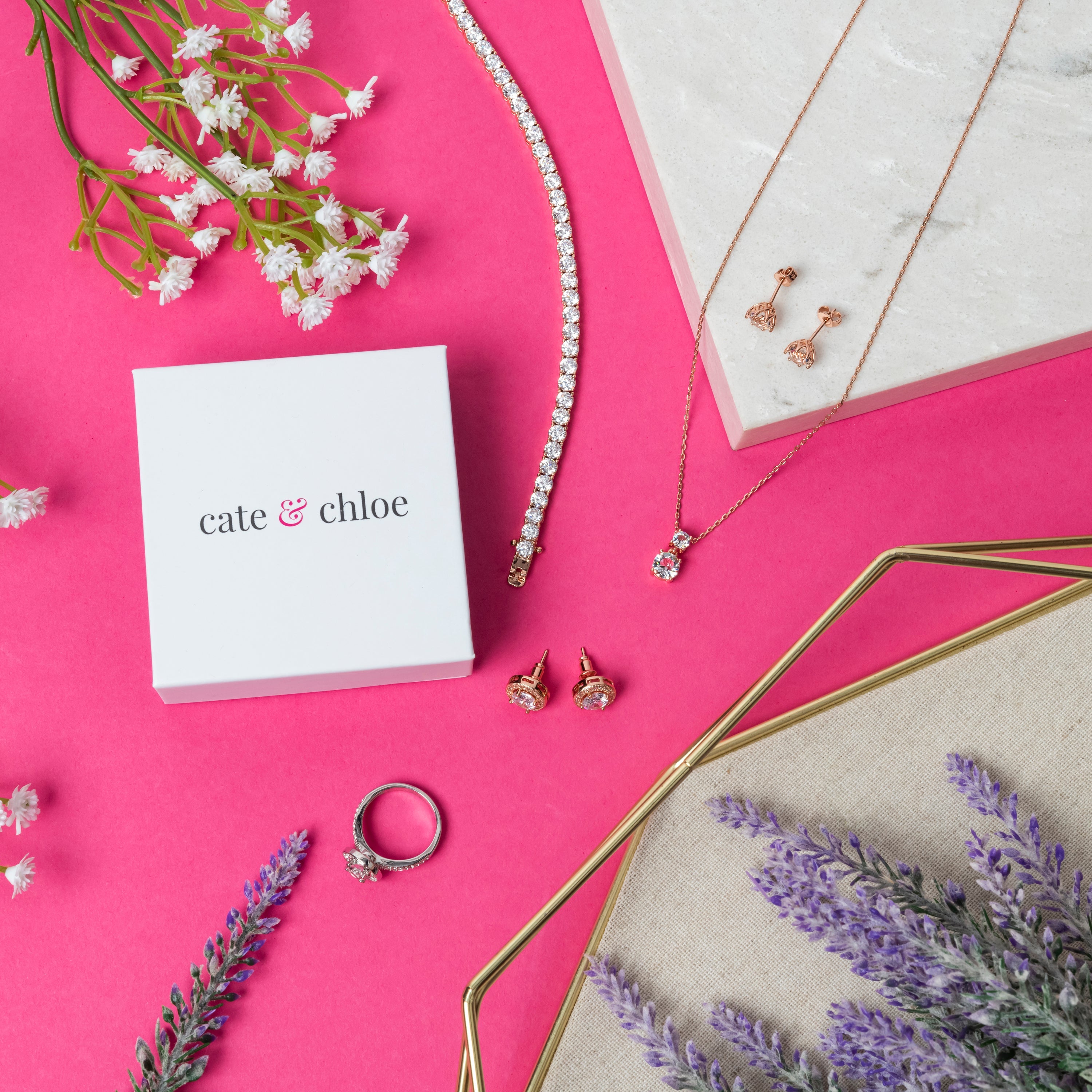
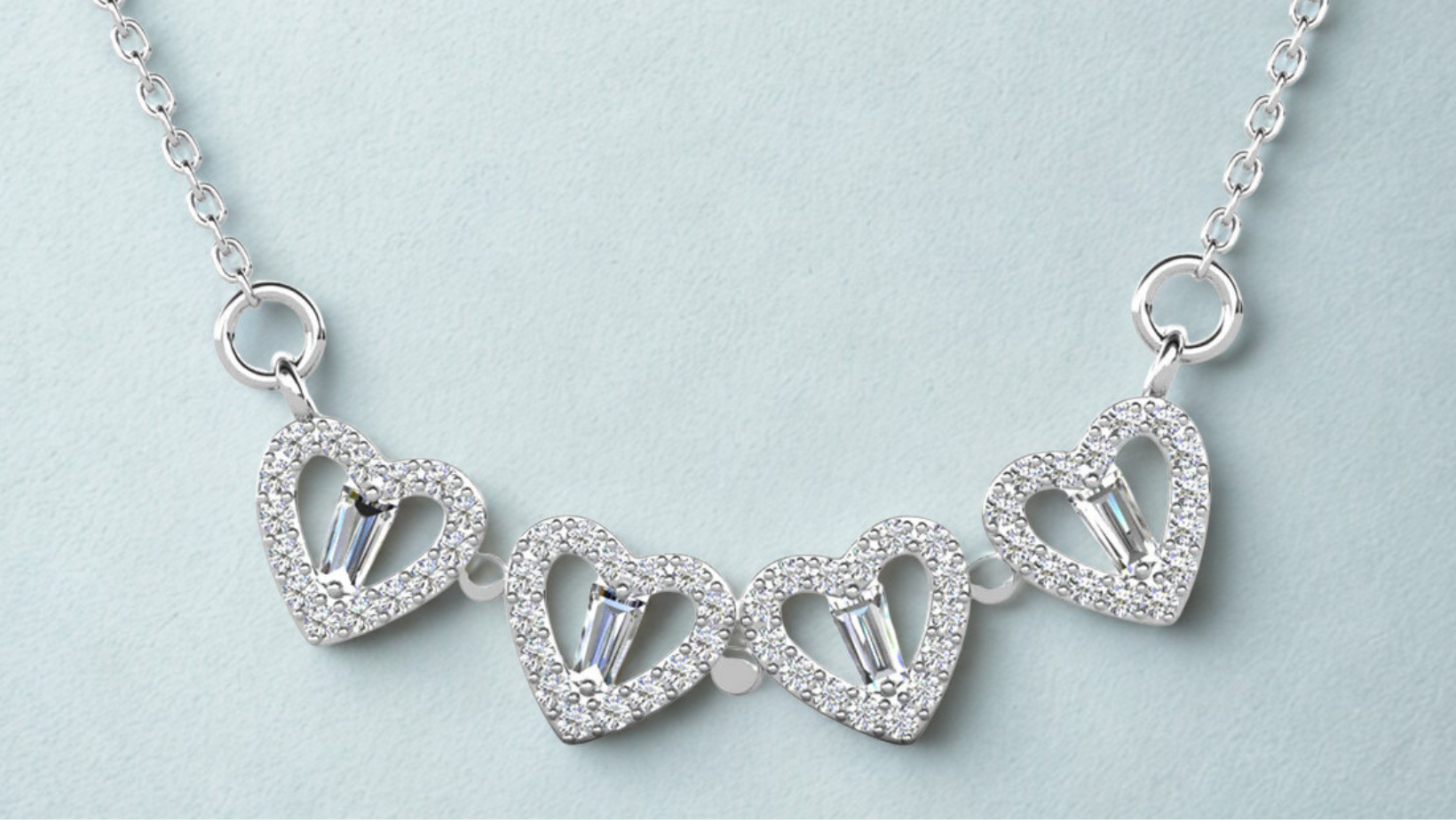
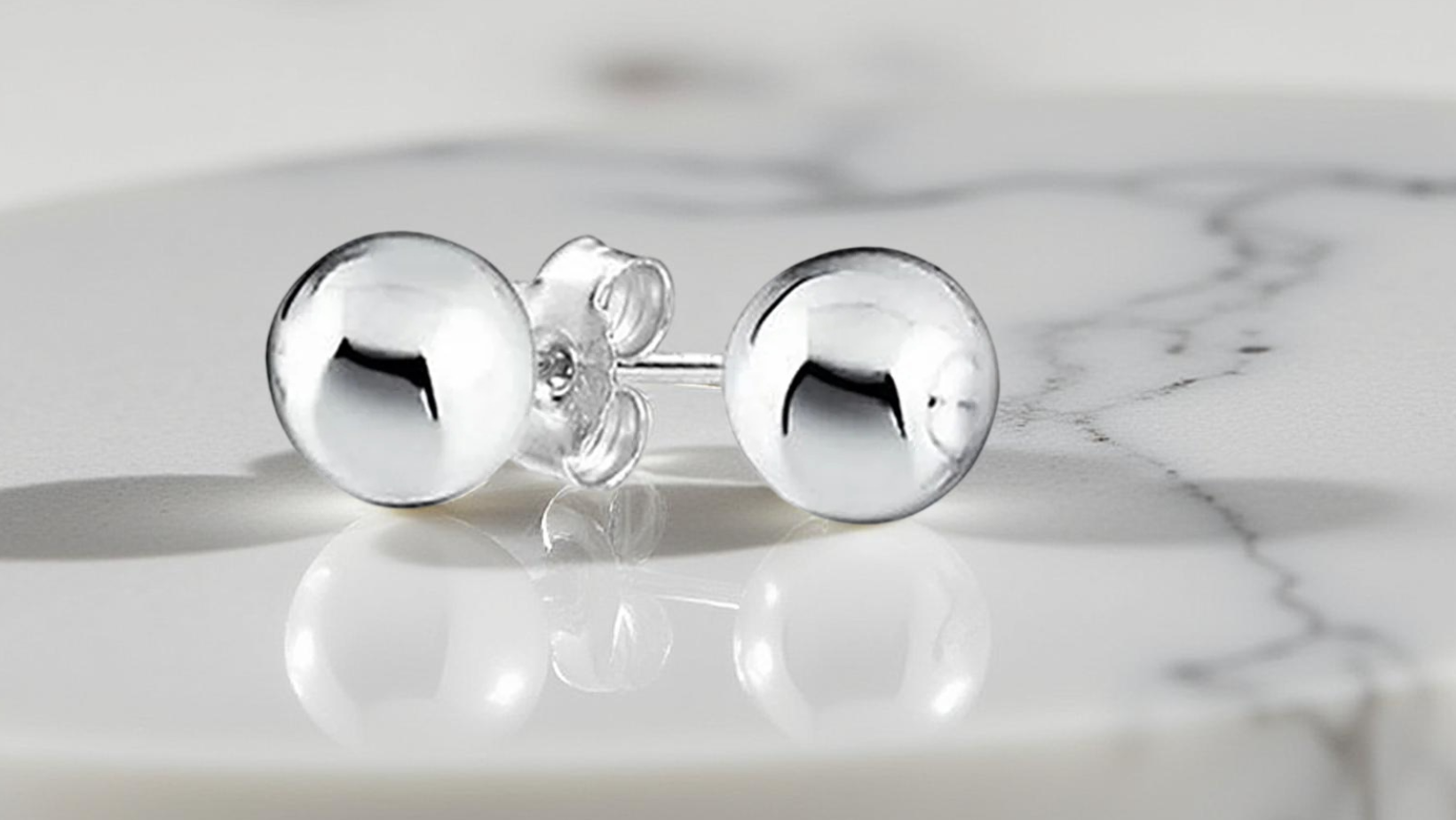
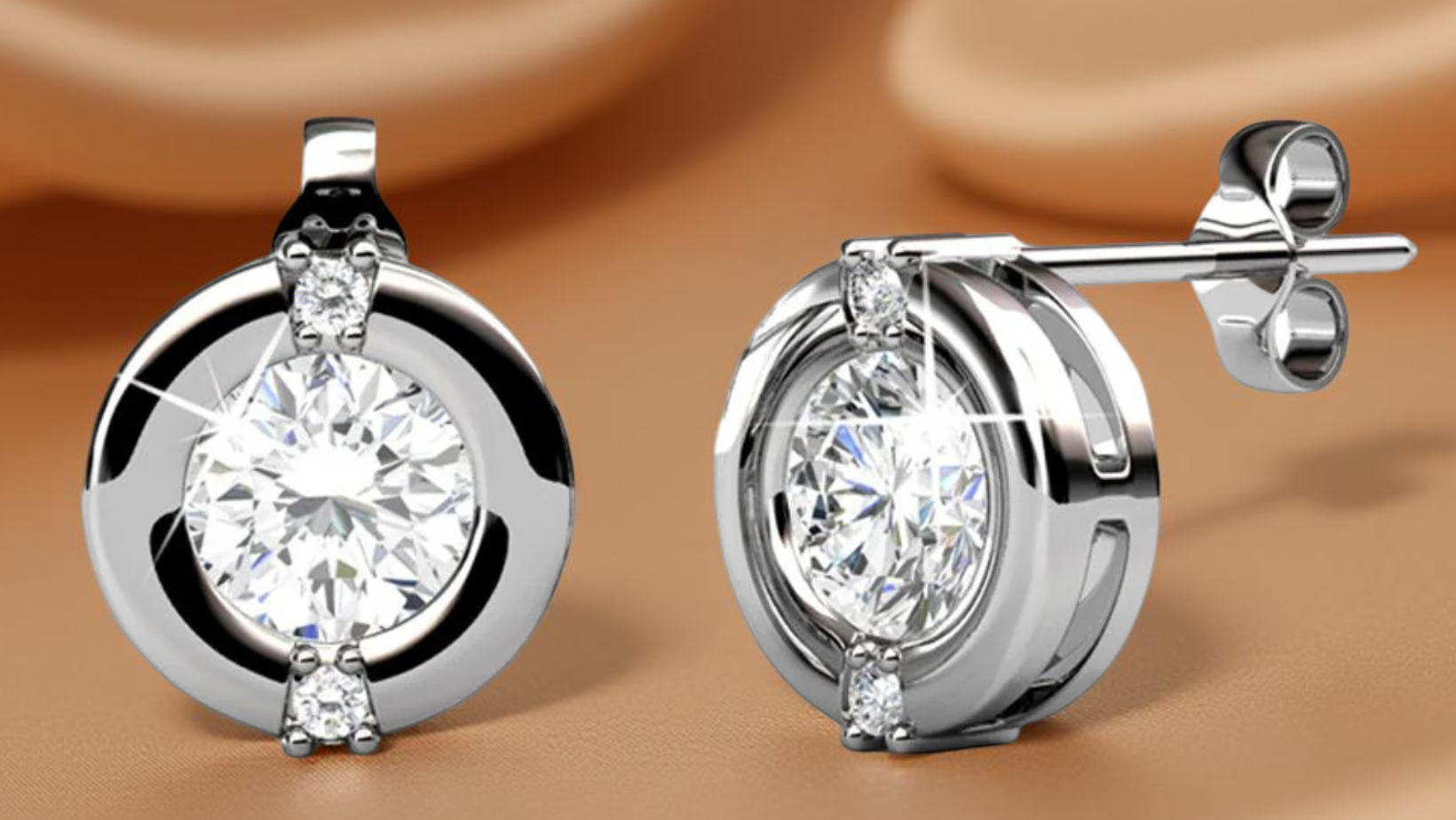
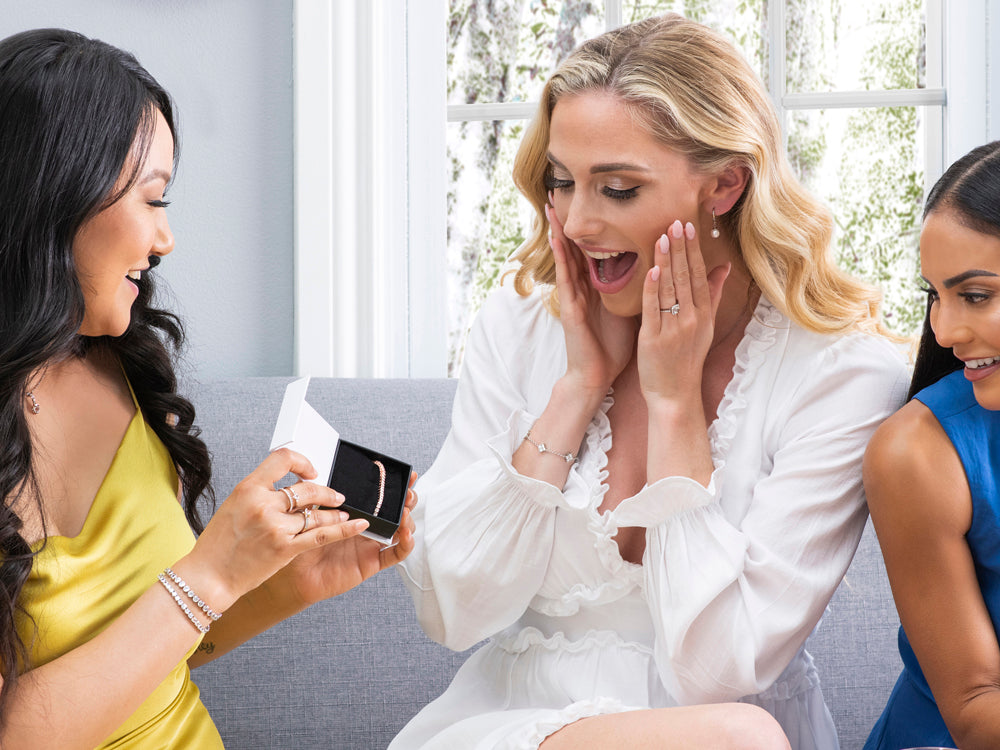
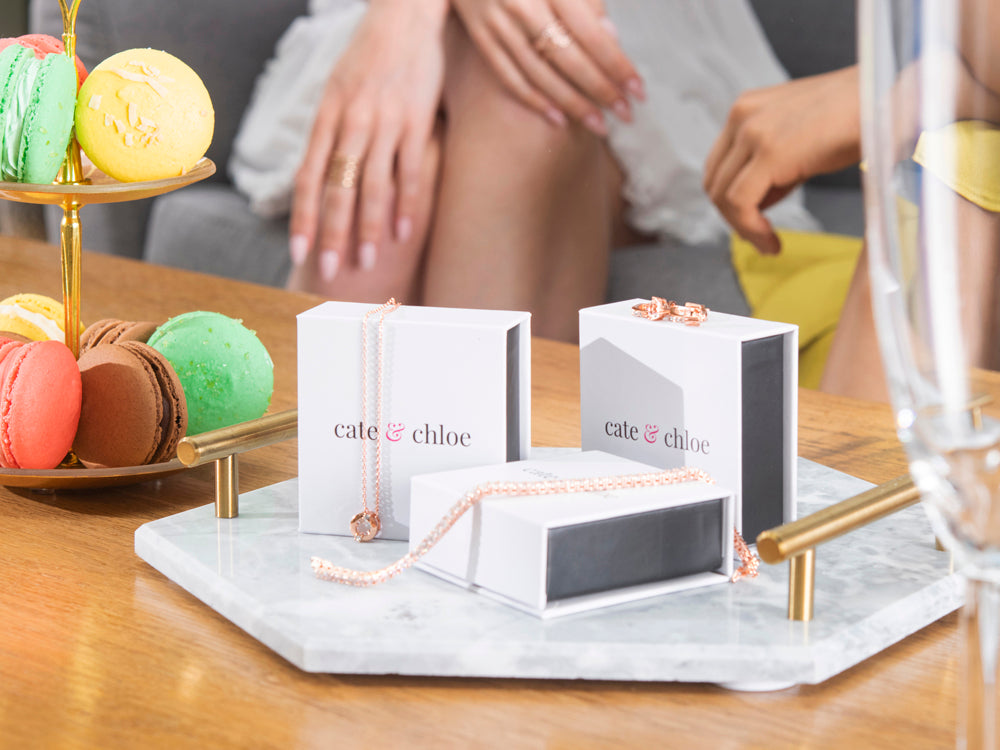
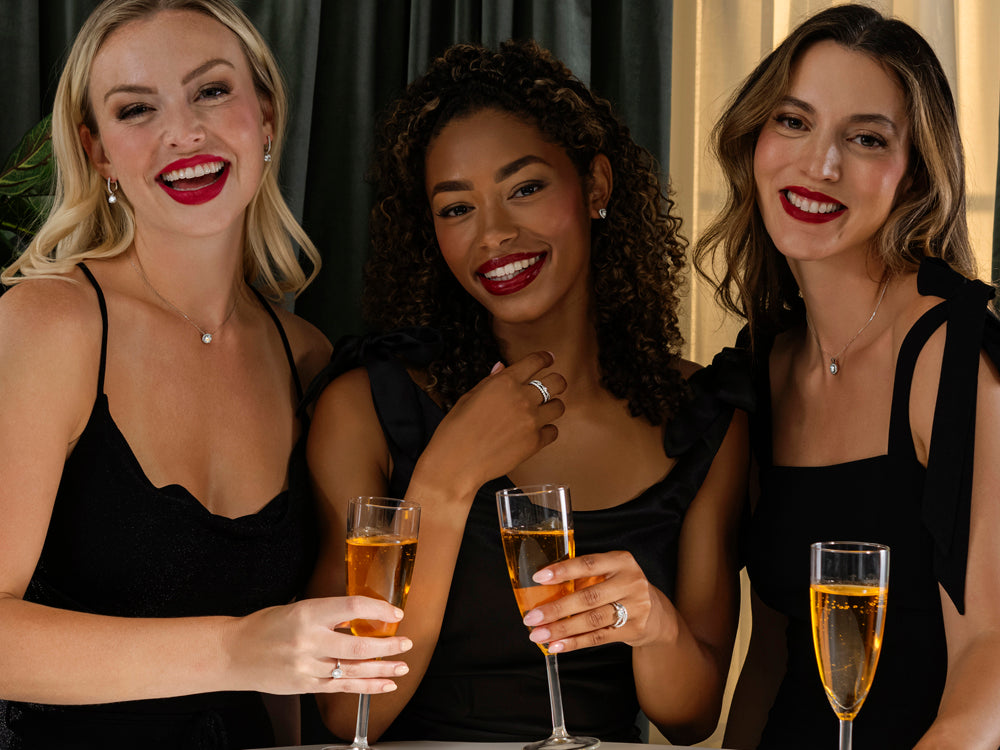
发表评论